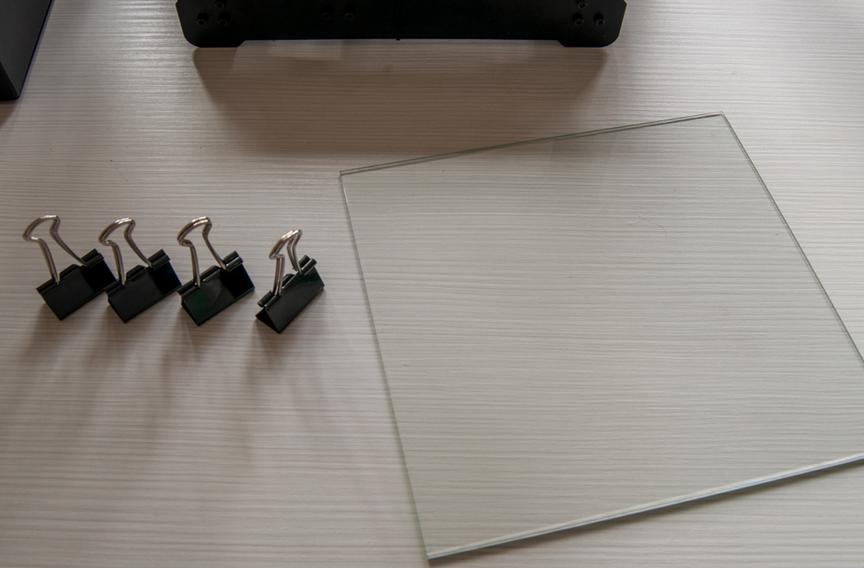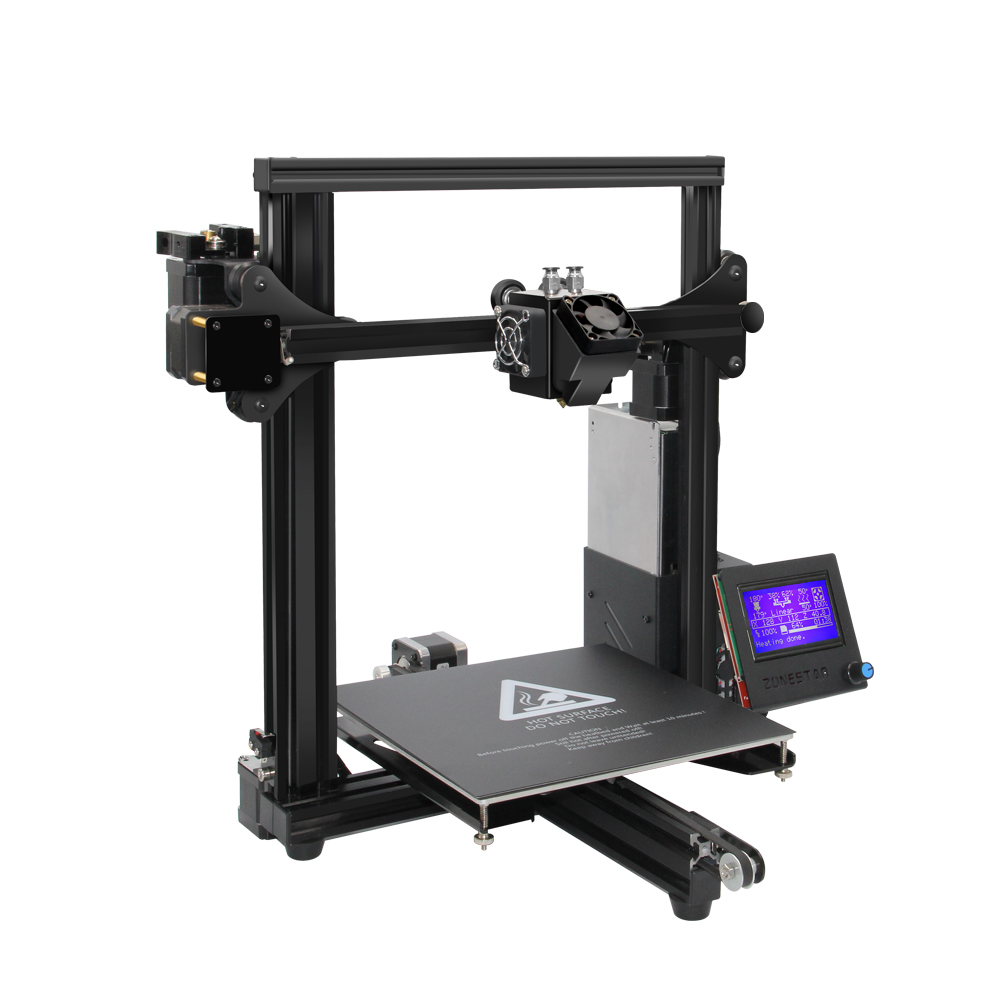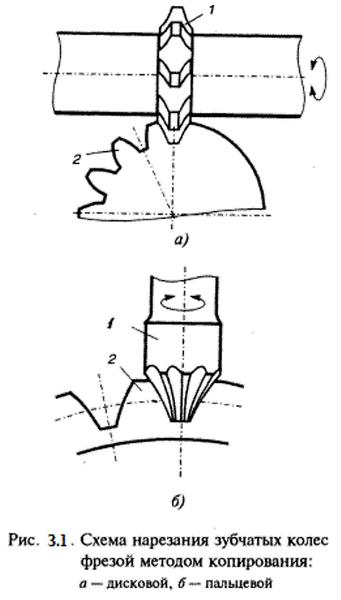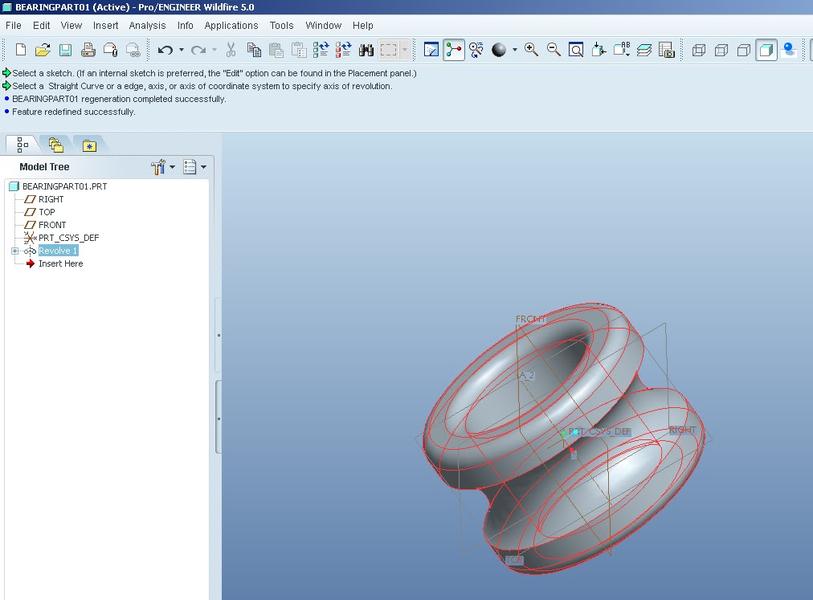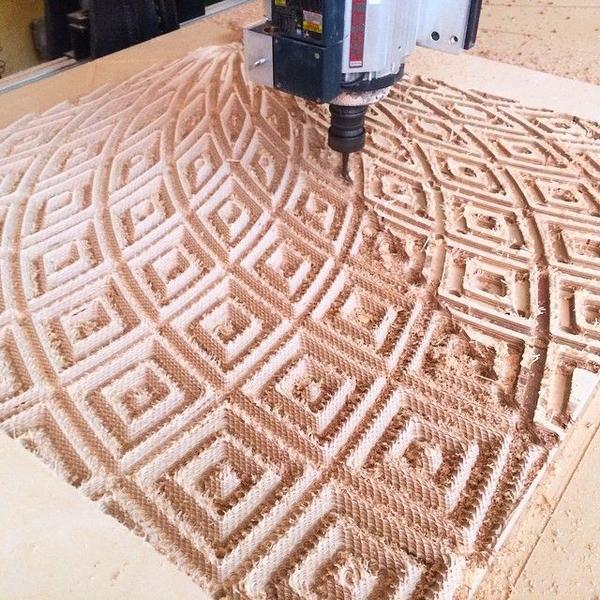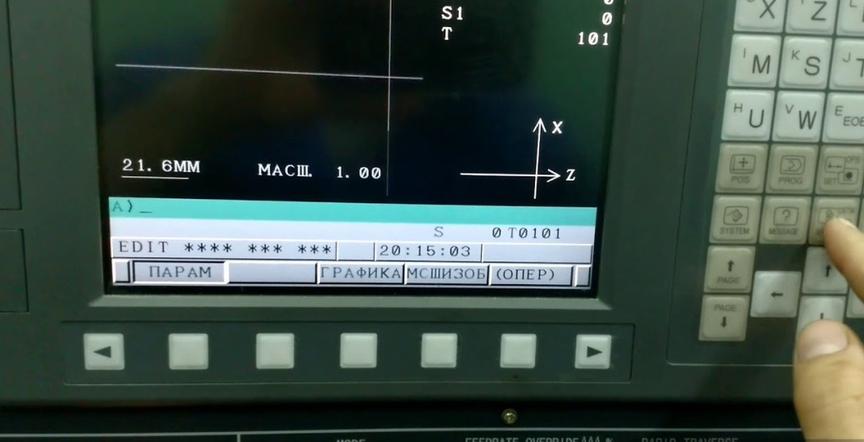We choose glass for the work desk of a 3D printer: how to avoid mistakes
3D printers are widely used in many areas. Today, such devices are widely used in dentistry, jewelry, architecture, and business. But in order for any printer to print high-quality parts, you should think about choosing the right surface for your work table, taking into account the material used. Next, we will tell you how to do it right.
- What types of glass are used for the table of a 3D printer?
- What to do if the glass comes off the 3D printer table?
- How to work with glass correctly?
- How to make glass yourself?
- Mistakes and ways to avoid them
What types of glass are used for the table of a 3D printer?
All 3D printers have one common component - the work table. It is on this table that the three-dimensional product is created, the quality of which depends on its adhesion to the platform. Usually, the work table is covered with glass, but other options may also be available.
Crystal glass
Using crystal glass is a popular method of adhesion, allowing you to avoid the sticking of the product to the work table and providing reliable retention on the surface. The only drawback is the relatively high cost of such material.
For reference. Sital is a crystalline material with properties such as transparency, wear resistance, chemical, and thermal stability. It was first developed in the Soviet Union for use in the aviation industry.
Using crystal glass in 3D printing allows you to solve a number of the following problems:
- the ability to print different types of plastic;
- firm attachment to the surface;
- no deformation during printing of the samples even when exposed to high temperatures;
- production of high-quality parts;
- no need for glue and other adhesive materials.
All you need to do is calibrate the height between the nozzle and the work table and start printing the first 3D objects.
Borosilicate glass
Borosilicate glass has a low thermal expansion coefficient, making it more resistant to heating compared to ordinary glass. When printing 3D models on a platform equipped with such a surface, high-quality products are obtained. This is achieved by tight adhesion of the first layer to the platform and ensuring good adhesion.
Borosilicate glass is made from tempered materials and is used in medicine, energy, and everyday life. It is resistant to temperature changes and chemical exposure.
Even for a beginner, there should be no problems with the installation of the glass - it is fastened to the 3D printer work table with office clamps or bolts.
Perforated glass
Special tempered glass with a perforated coating provides a strong adhesion of the future three-dimensional part to the work platform. Another advantage is that such material provides easy separation of finished products from the table after they have cooled. Perforated glass is used in the lineup of 3D printers with a heated work table. On such devices, it is easy to work with any type of plastic.
What to do if the glass comes off the 3D printer table?
Many buyers and novices in 3D printing face the problem of fixing the model on the work table or dealing with unevenness of the coating. In these cases, glass comes to the rescue. It provides a strong attachment of the product to the surface and allows the production of high-quality three-dimensional models. However, in practice, beginners may encounter problems not only with printing, but also with the issue of glass coming off the work table. In this case, there is no need to panic - it is better to carefully study the possible reasons, watch videos on the Internet, and take possible measures:
- Check the calibration settings of the table - we recommend doing this with a preheated platform and extruder to the working temperature.
- Reduce the print speed.
- Eliminate poor adhesion - for these purposes, glue or hair spray is suitable, as well as alcohol, which is recommended for degreasing the surface.
- Secure the glass with special clamps or bolts.
How to work with glass correctly?
If you have recently bought a 3D printer and are not yet familiar with all the features of this device, then most likely, you will have many questions during the first and subsequent use. One possible option is what surface to choose for the work table and how to work with glass properly. Here are a few useful tips to help you adjust the 3D printing process and get high-quality products:
- Remove the protective film from the surface of the glass.
- Before installing the glass on the work table, preheat the platform - this helps to easily remove the protective film from the surface with minimal adhesive residue.
- Carefully remove the sticker.
- If there are still adhesive residues on the platform, remove them with acetone or a solvent.
- Install the glass on the work table using clamps.
Take note. Before starting printing, adjust the height of the table, taking into account the thickness of your glass, and calibrate the platform.
If everything is done correctly, 3D printing of products will be comfortable, without the risk of them sticking to the platform. You will easily get high-quality models and avoid the risk of deformation of the platform when heated to high temperatures.
How to make glass yourself?
If you decide to save money on buying glass, there is another way - to make it yourself. This method can be a good alternative in case of a lack of funds for purchase or time for waiting. Let's list a few options for making glass yourself:
- Use blue tape or masking tape. One of the most effective and inexpensive ways to achieve adhesion of the product to the work surface. Give preference to wide rolls for quick surface coverage and if desired, use glue - this will allow you to avoid the need for additional heating during printing.
- Create a table from sticky tape and hairspray. This method is suitable for printing with ABS plastic - spray regular hairspray on the work table and place kapton on top.
- Use window glass or a mirror to make a surface, as well as a grinding disc with a grit size of 53. This will create excellent adhesion when working with any plastic. You can fix the construction with regular office clamps.
Mistakes and ways to avoid them
Many novice users in the 3D printing field encounter problems, in particular, related to the incorrect choice of glass or its installation. Follow simple recommendations to avoid common mistakes:
- Choose glass with the plastic you plan to print in mind. It is best to prefer sital or borosilicate material - this option is not the most budget-friendly, but it is the most reliable.
- Before starting to print three-dimensional models, make sure that the work table is correctly calibrated.
- If the product comes off the work table, use additional adhesion methods - glue or hairspray.
- If you are making the work table surface yourself, use tempered glass, if possible, and securely fasten it to the platform.
We hope that the first experience of 3D printing and our advice will help you make high-quality three-dimensional products with minimal losses!

